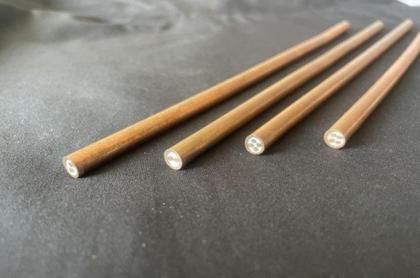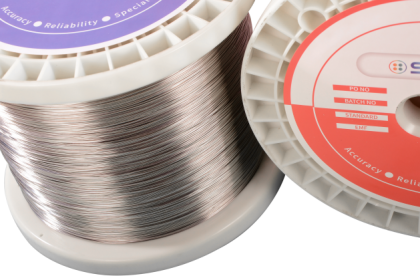As a leading exporter of thermocouple solutions from China, we provide precision temperature measurement products to the global industries. Selecting the right type of thermocouple is critical to optimizing performance, safety, and compliance. In this guide, we break down the key factors to consider, common thermocouple types, and why SICC provides reliable, cost-effective sensors that are trusted by buyers around the world.
a. Temperature Range
Low-Temperature Applications (-200°C to 350°C):
Type T (Copper-Constantan): Best for cryogenic and lab settings.
Type E (Nickel-Chromium-Constantan): High sensitivity for sub-zero environments.
Mid-Temperature Applications (350°C to 1200°C):
Type K (Chromel-Alumel): Most versatile and cost-effective.
Type J (Iron-Constantan): Affordable for non-corrosive gases.
High-Temperature Applications (1200°C to 1800°C):
Type R/S (Platinum-Rhodium): Suitable for furnaces and aerospace.
Type B (Platinum-Rhodium): For extreme heat up to 1800°C.
b. Environmental Conditions
Corrosive Environments: Use Type K with Inconel sheaths or Type C (Tungsten-Rhenium) for hydrogen-rich atmospheres.
Oxidizing Atmospheres: Type S/R or Type K with ceramic insulation.
Moisture/High Pressure: Choose hermetically sealed junctions or stainless steel sheaths.
c. Accuracy and Precision
Industrial Grade: ±2.2°C (Type K) or ±1.5°C (Type J).
Laboratory Grade: ±0.1°C (Type S/R) for critical applications.
Common Thermocouple Types & Applications
|
Type
|
Materials
|
Temperature Range
|
Best For
|
|
K
|
Ni-Cr vs Ni-Al
|
-200°C to +1,260°C
|
General industrial, HVAC
|
|
J
|
Fe vs Cu-Ni
|
-40°C to +750°C
|
Reducing atmospheres, plastics
|
|
T
|
Cu vs Cu-Ni
|
-200°C to +350°C
|
Cryogenics, food processing
|
|
E
|
Ni-Cr vs Cu-Ni
|
-200°C to +900°C
|
Low-temperature R&D
|
|
S/R/B
|
Pt-Rh vs Pt
|
0°C to +1,600°C
|
High-temperature furnaces
|
Selecting the correct thermocouple type is essential to achieve accurate and reliable temperature measurements in a wide range of industries and applications. As a dedicated exporter of thermocouple related products, we understand the importance of selecting the most appropriate thermocouple type to meet the various needs of our global customers. By offering a wide range of high-quality thermocouple types customized for specific temperature sensing requirements, we aim to provide our customers with reliable and efficient temperature measurement solutions, combining technical expertise with competitive pricing to provide solutions that meet your unique needs.






 IPv6 network supported
IPv6 network supported